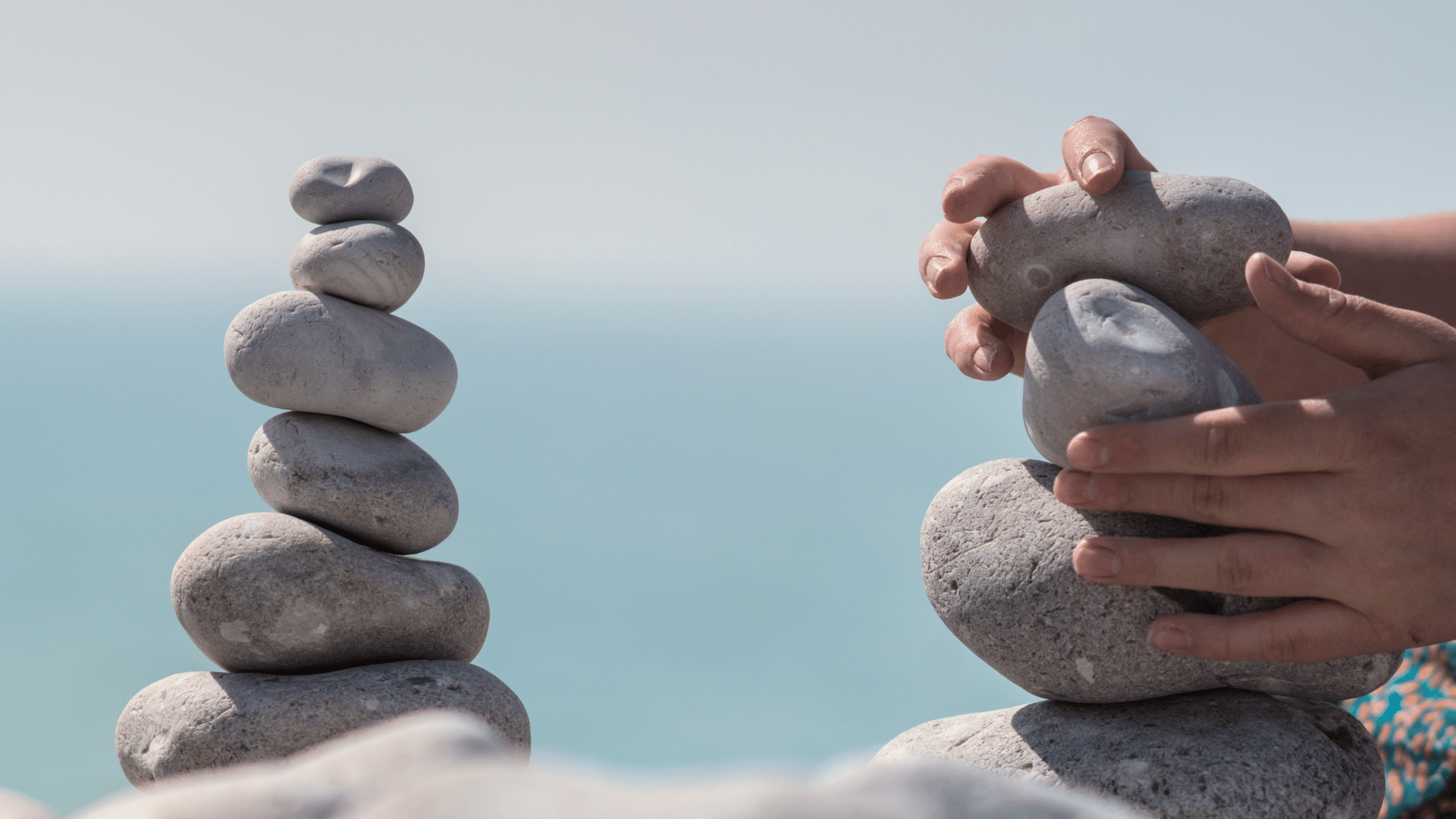Growing up, Thanksgiving was always a big deal in our household. It was my mom’s absolute favourite holiday because she thought it was important to give thanks and be grateful.
As I grew older, I came to see Thanksgiving in a very different light. Other than the obvious reasons to think critically about the holiday, like the genocide of Indigenous populations and turkeys, I started to feel like the holiday creates an apathy towards gratitude for the rest of the year.
Being told there is a day set aside to give thanks creates an excuse to be lazy with the gratitude we should be practicing in our everyday lives.
Why Should I practice Gratitude?
In addition to the fact that showing appreciation is a kind thing to do, gratitude has been shown in some studies to positively influence mental and physical health. And the great news is, anyone can practice gratitude.
Like any muscle, the brain needs to be exercised. Think of gratitude like a push up – it’s just one of the many ways you can strengthen yourself. You might be really good at sit ups, but if you don’t do push ups, you’ll never be well-rounded. The more you practice gratitude, the easier it becomes. Eventually you do it without realizing.
Try picking a time every day to mindfully think of a few things you’re grateful for. It could be on your commute, before you eat dinner, when you first open your eyes in the morning, in the shower, your daily walk. It could be all of the above. The more times a day, the better.
All it takes is a moment to slow down and think about something you’re grateful for. Even just one thing.
We may not always be in the mood to give thanks, but that doesn’t mean there aren’t things to be grateful for, even if it’s just the pretty colours of the changing leaves.
By actively choosing to stop and feel grateful for something, you are training your brain to see the positive side of things. You are choosing to appreciate instead of complain. You are choosing to do something that will reduce rather than heighten stress and anxiety.
How do I get started?
Until you get into a routine, try keeping a journal. When I was in grade four, I had a teacher that taught us this trick. I chose to write anything I could think of to be grateful for, with a minimum of one thing every single night.
If journaling is not your thing, think of a way that keeps you motivated. You can discuss it with a friend or partner every day and exchange what you’ve come up with. You can draw something that represents what you’re grateful for. You can even gamefy it to help you stay on track by using a to-do list app that will remind you to practice gratitude and give you kudos when you do. Try a few things to see what works best for you.
What if I stop practicing?
There’ve been periods in my life where I’ve fallen out of the gratitude thought pattern. It’s easy, when going through hard times, to get stuck on the struggles. You always think that when things get better, you’ll be happier again.
The thing I’ve found though, is that even when things settled, I was never able to truly move past it and get out of that negativity until I chose to change the way I perceived life around me.
Ultimately, everyone needs to find their groove. Thanksgiving may be over, but you can make today the first day of your new gratitude ‘work out’ regime.
Want to talk something through?
Book a free vent session with one of our empathetic listeners
-

Jade lives out of a backpack and can be found with either a camera, a pen, or a book in her hands at all times. She doesn’t believe in retirement and hopes to one day combine her BSc of Environment with her passion for storytelling. Follow Jade on Instagram: @jade.poetry
View all posts



